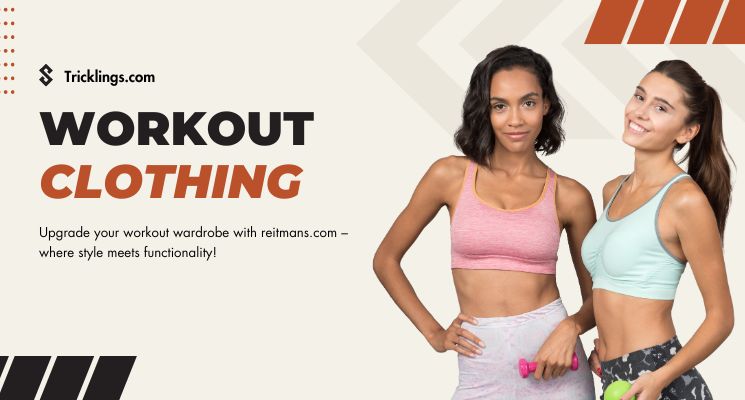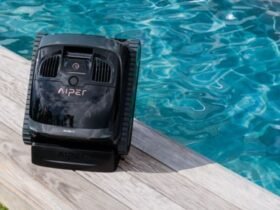When it comes to maximizing workout potential, the right gear can make all the difference. From the shoes that cushion each stride to the fabrics that hug our skin, every detail can contribute to performance and comfort. The material of your workout clothing plays a critical role, affecting everything from thermoregulation to flexibility. Understanding the properties of different fabrics can help you choose the attire that will best support your fitness goals. Below, we delve into what makes certain materials ideal for the gym, the track, or the yoga studio.
Understanding the Impact of Fabrics on Workout Efficiency

Your workout effectiveness isn’t just about your routine or intensity—it’s also about what you wear. High-performance fabrics like those designed to regulate temperature and support muscles can boost your workout efficiency. Some fabrics can trap heat and moisture, causing discomfort and distractions. Performance fabrics, on the other hand, are engineered to keep your skin comfortable, helping you stay focused and perform better.
Advanced fibers offer UV protection, anti-odor properties, and smart compression, enhancing the wearer’s experience and potentially improving results over time. Wearing technologically advanced gear can give you a mental edge, boosting confidence and motivation during workouts.
Breathability and Moisture-Wicking: Keeping Cool and Dry During Exercise
Workout attire’s breathability refers to its ability to let air circulate near the skin, aiding in cooling the body. It prevents heat build-up and facilitates sweat vapor release, crucial for regulating body temperature during workouts. Moisture-wicking is essential for high-performance workout wear, as it draws sweat away from the skin to the garment’s outer surface, where it evaporates quickly. This keeps you dry and reduces the risk of skin irritations.
Materials like polyester, nylon, and bamboo are popular for their breathability and moisture-wicking properties. They often undergo treatments to enhance these qualities, making them ideal for those who want to stay cool and dry during exercise. Notably, not all breathable and moisture-wicking fabrics are the same. When choosing workout attire, consider factors like climate and the demands of your exercise routine to select the most suitable fabric technology.
Durability and Stretchability: Choosing Fabrics That Last and Move With You
Athletes require workout clothing that endures the strain of regular exercise. Durable fabrics maintain their shape and function over time, offering better value. Spandex, or elastane, adds stretch while retaining form, crucial for flexibility during workouts.
The ideal workout fabric blends durability with stretchability, ensuring a comfortable fit and lasting support. This combination allows athletes to move freely without restrictions, adapting to the body’s movements. Choosing quality fabrics is essential to support long-term fitness goals and performance.
The Role of Compression in Athletic Performance and Recovery

Compression garments are increasingly popular in fitness for their diverse advantages. They apply targeted pressure to boost circulation and blood flow during exercise, potentially enhancing performance. These garments also reduce muscle oscillation, cutting down on fatigue and the risk of injury during high-impact activities.
Not limited to active use, compression wear aids in post-exercise recovery by improving circulation, and expediting the removal of lactic acid and metabolic wastes. This accelerates the recovery process, preparing athletes for subsequent workouts. Choosing the right compression level and ensuring a proper fit is crucial. This ensures maximum benefits without impeding movement or blood flow.
Eco-Friendly and Sustainable Options for the Conscious Athlete
Athletes are increasingly seeking eco-friendly workout attire to reduce their environmental impact. Materials like recycled polyester, organic cotton, and Tencel are gaining popularity for their sustainability and performance benefits. Brands are investing in technologies to minimize water usage, pollution, and waste in production.
By choosing eco-friendly options, consumers support responsible manufacturing while enjoying high-quality gear. This trend reflects a broader shift toward eco-consciousness in the fashion industry, driving further innovations in sustainable athletic wear without compromising performance.
Overall, to optimize workout gear, focus on selecting the right materials. Breathability, moisture-wicking, durability, stretchability, and compression are crucial for performance and comfort. Eco-friendly fabrics align with sustainability goals, promoting both personal well-being and environmental health.













